In modern physics, gravity holds a unique position: it is the only fundamental interaction that has not been fully reconciled with quantum theory. Electromagnetism, the weak force, and the strong force are all successfully described by quantum field theory (QFT), where interactions are mediated by particles. Gravity, however, remains elusive.
The hypothetical particle proposed to mediate gravity is the graviton. For decades, physicists have speculated about its properties and sought experimental evidence. Yet, despite extensive efforts, no graviton has ever been detected.
Bee Theory offers an alternative: instead of searching for gravitons as discrete quanta, gravity should be understood as an emergent resonance of spacetime waves. This perspective avoids the conceptual and experimental barriers associated with the graviton hypothesis and aligns more naturally with observable phenomena such as gravitational waves.
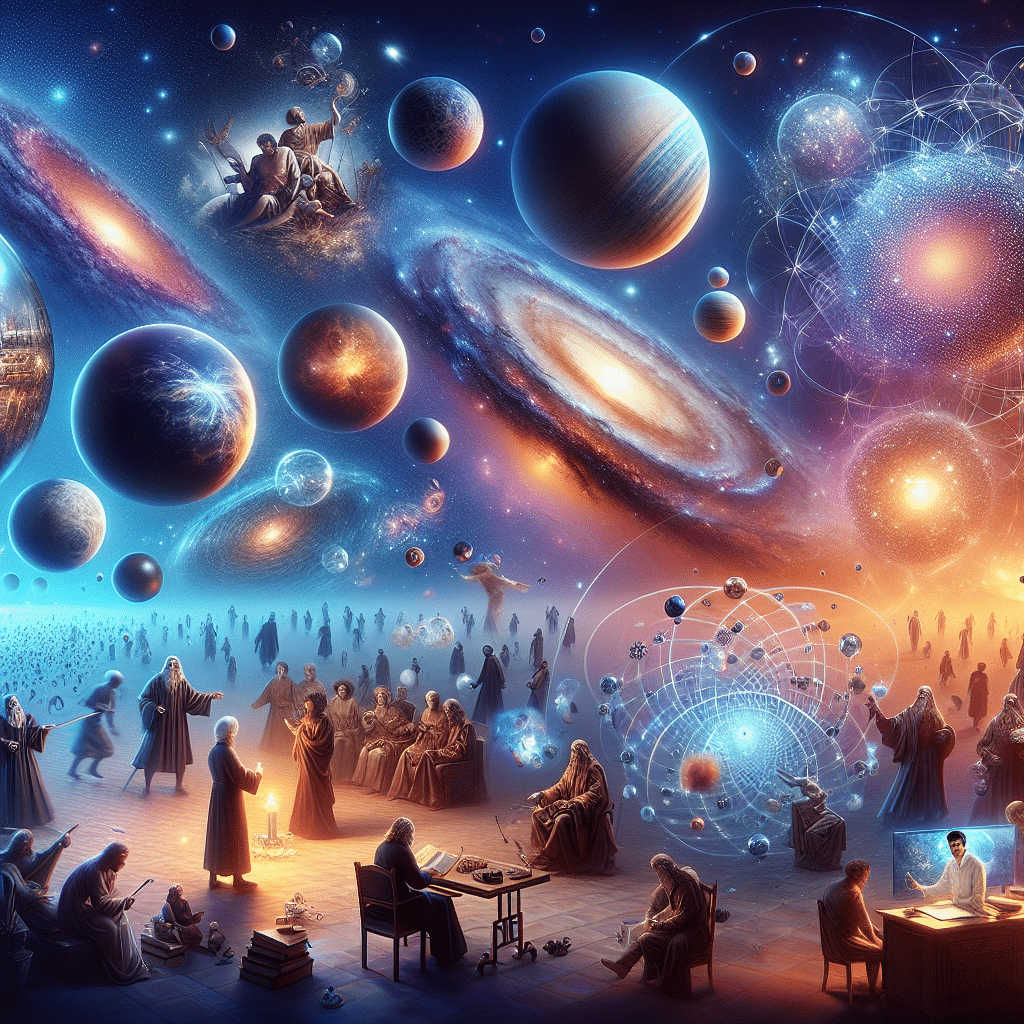
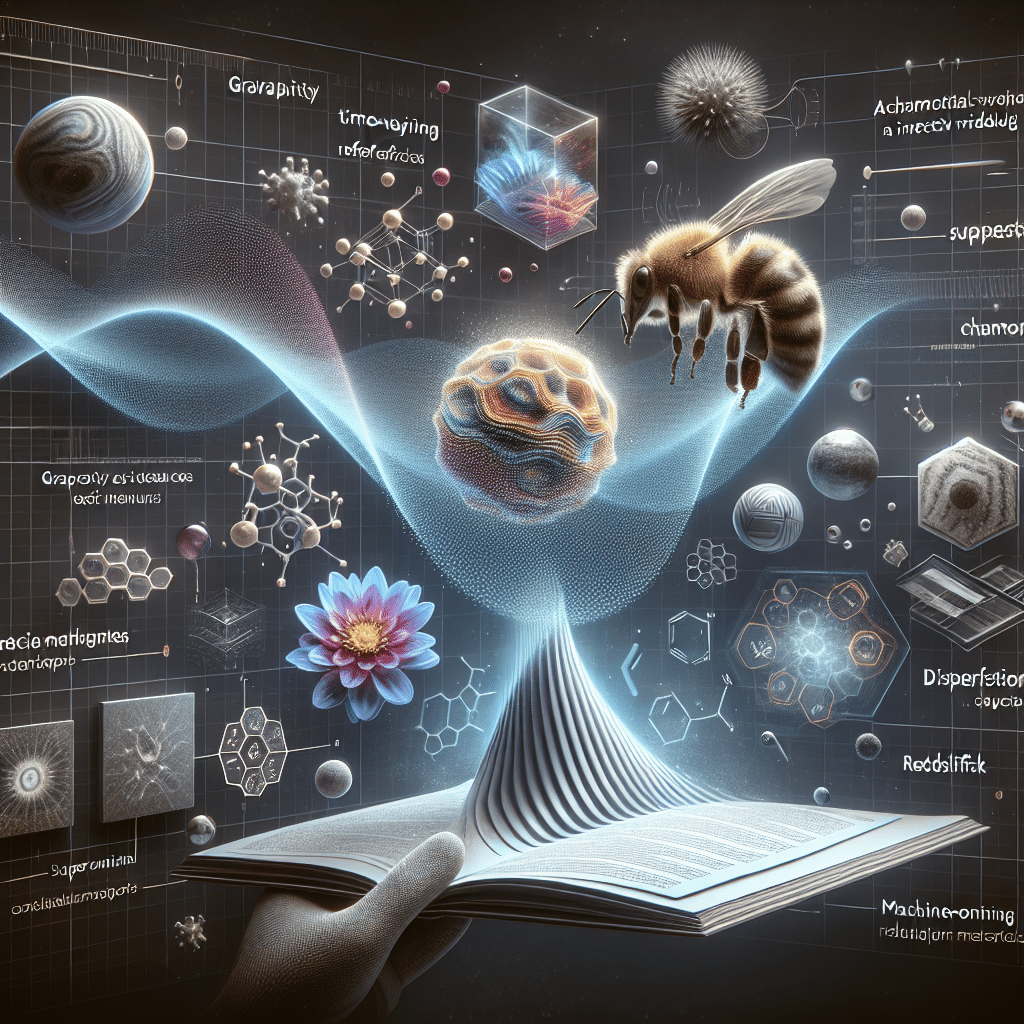
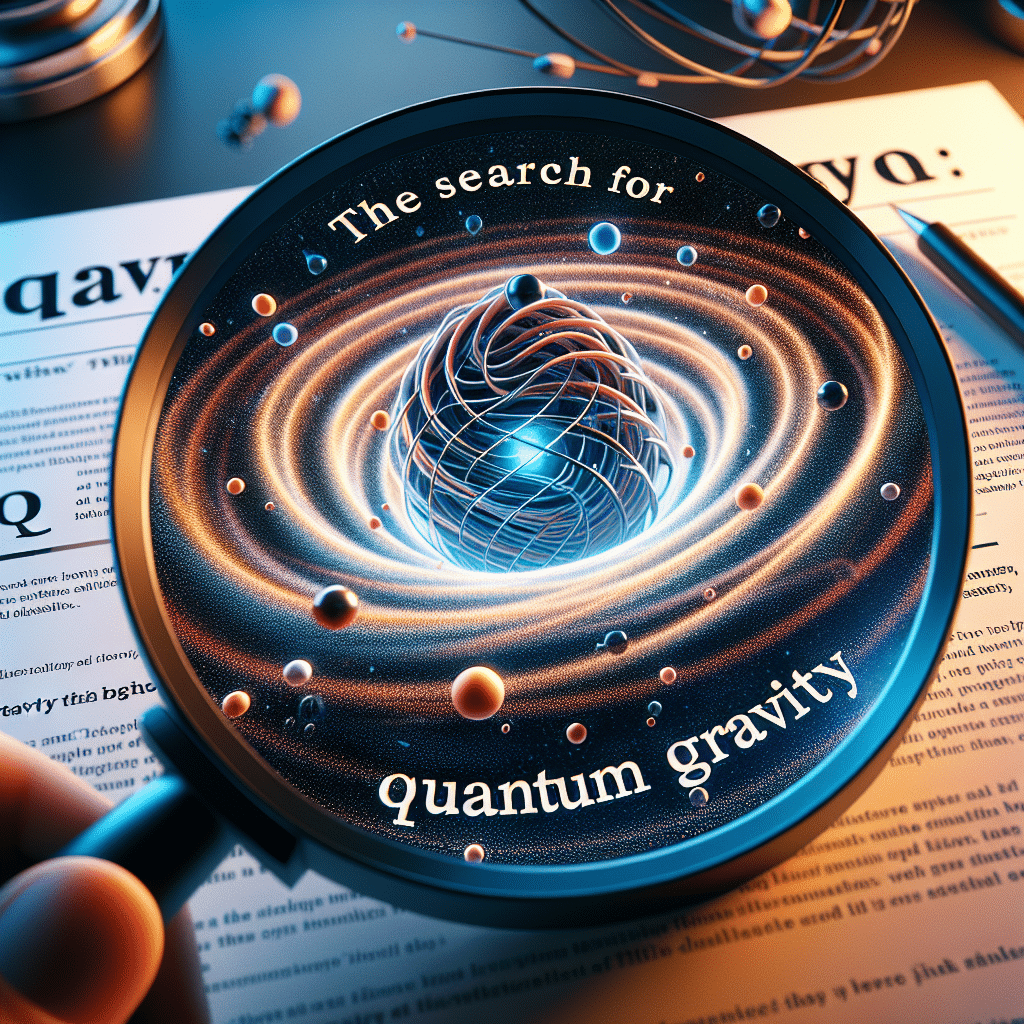
What is a Graviton?
In quantum field theory, each fundamental interaction is carried by a force-mediating particle:
- Photon for electromagnetism.
- Gluons for the strong interaction.
- W and Z bosons for the weak interaction.
By analogy, gravity is often assumed to have a corresponding particle: the graviton.
Hypothesized Properties of the Graviton:
- A massless boson, ensuring the long-range nature of gravity.
- Spin-2, consistent with the tensorial nature of spacetime curvature in general relativity.
- Interacts with everything that carries energy-momentum, but with an extraordinarily weak coupling constant.
The Experimental Problem:
- Gravitons would be virtually impossible to detect directly because gravitational interactions are orders of magnitude weaker than other fundamental forces.
- Even astrophysical events releasing colossal energy (such as black hole mergers) would not produce detectable gravitons individually.
Bee Theory’s Perspective:
Gravitons are not required. What physicists interpret as potential quanta of gravity are, in fact, wave resonance patterns of the underlying oscillatory field of spacetime. In this sense:
- Gravitons are a mathematical artifact of trying to quantize geometry.
- The true physics lies in the collective oscillations of the medium, not in particle exchange.
Why Haven’t We Found Them?
Despite decades of theoretical predictions, gravitons remain elusive. The reasons are both fundamental and technological:
- Weakness of Gravity
- Gravity is approximately 10⁻³⁸ times weaker than the electromagnetic force.
- This means any individual graviton signal is far below detectable thresholds.
- Energy Scale Problem
- To probe gravity at the quantum scale requires reaching the Planck energy (~10¹⁹ GeV).
- Current particle accelerators (like the LHC) operate at ~10⁴ GeV—15 orders of magnitude too low.
- Technological Limitations
- Detectors like LIGO are sensitive to classical gravitational waves, not to individual quantum particles.
- Graviton detection would require instruments of impossible size and sensitivity under present physics.
Bee Theory’s Alternative:
- The search for a graviton is misguided.
- Gravity does not consist of “grains” or particle exchanges.
- Instead, scientists should focus on detecting interference signatures of spacetime oscillations, much like how wave resonance patterns reveal structure in acoustics or optics.
This reorientation avoids the insurmountable barrier of direct graviton detection and directs research toward measurable wave phenomena.
Connection with Gravitational Waves
In 2015, LIGO made history by detecting gravitational waves from the merger of two black holes. These waves were confirmed as ripples in spacetime geometry, traveling at the speed of light.
Gravitational Waves in Mainstream Physics:
- Predicted by Einstein’s general relativity in 1916.
- Represent large-scale, classical oscillations of spacetime.
- Their detection opened a new era of gravitational wave astronomy, allowing us to probe events billions of light-years away.
Bee Theory’s Interpretation:
- Gravitational waves are not simply macroscopic spacetime distortions—they are the observable expression of the oscillatory substrate of the universe.
- Instead of viewing them as purely classical, Bee Theory sees them as the large-scale resonances of the same wave field that underlies quantum phenomena.
- This provides a natural bridge:
- At cosmological scales → waves appear as classical gravitational waves.
- At microscopic scales → the same oscillatory principles govern quantum behavior.
Implication:
Gravitational waves detected by LIGO and VIRGO are the macroscopic fingerprints of a deeper oscillatory framework. They provide experimental evidence not for discrete gravitons, but for the wave-based nature of gravity itself.
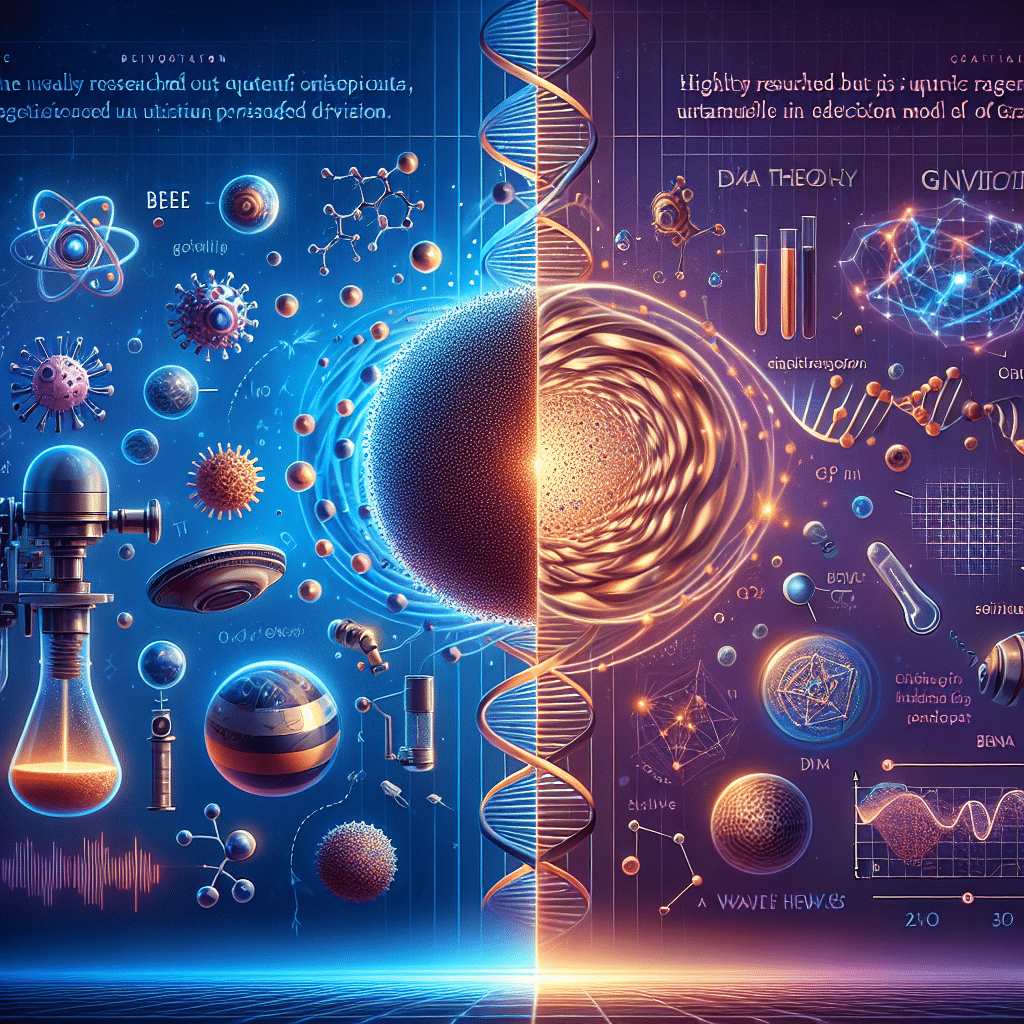
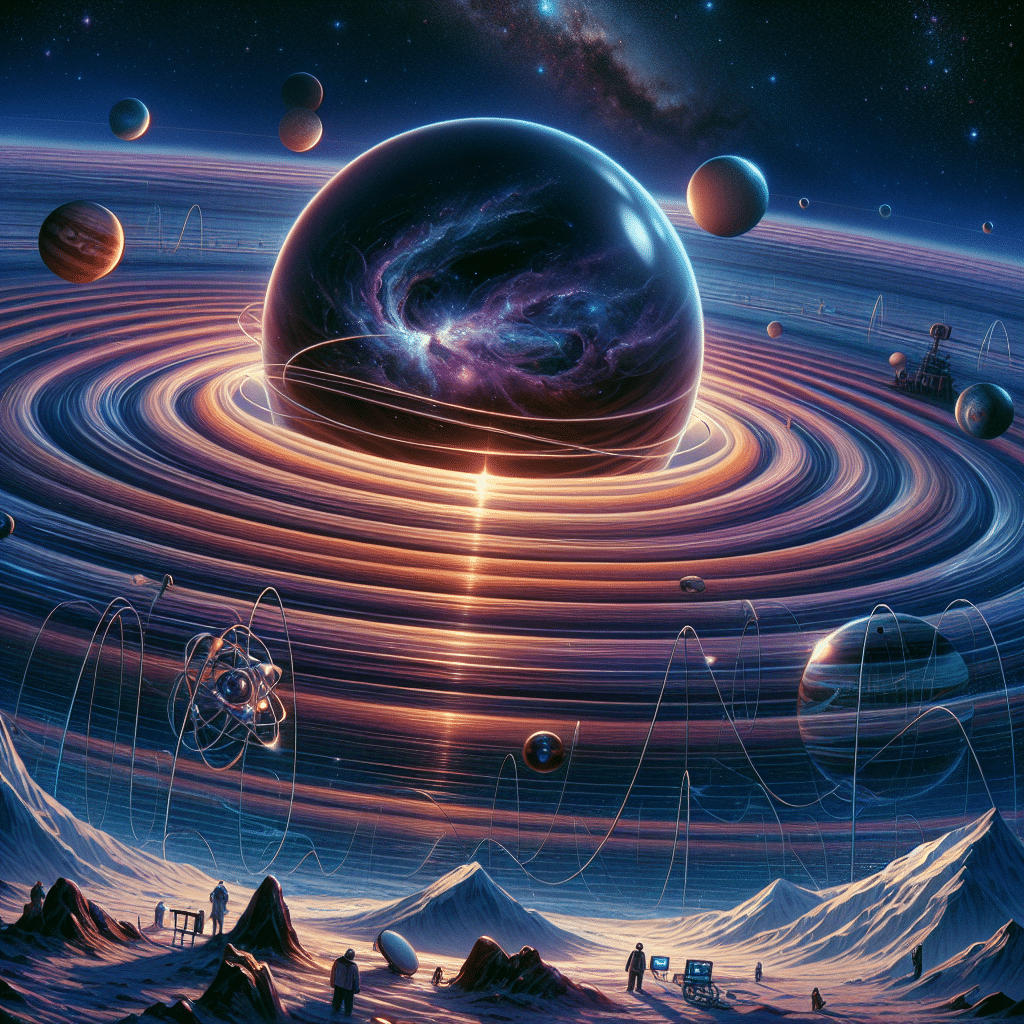
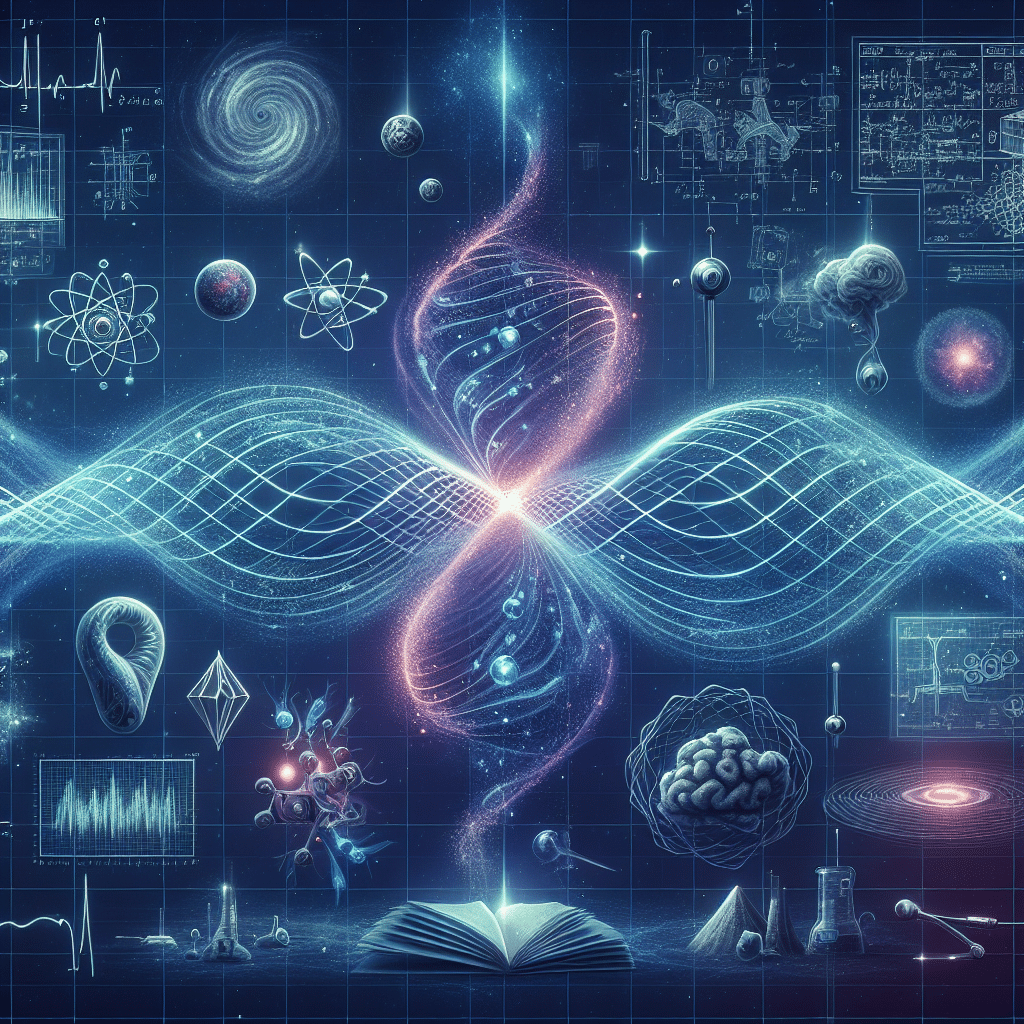
The pursuit of the graviton has long been motivated by analogy with other force carriers in particle physics. Yet, despite decades of theoretical development, gravitons remain unobserved and likely undetectable.
Bee Theory proposes a paradigm shift:
- Gravity is not mediated by particles but arises from the interference and resonance of spacetime oscillations.
- The failure to detect gravitons is not a technological limitation alone—it is a sign that gravitons may not exist as discrete quanta.
- Gravitational waves already offer experimental evidence of the oscillatory nature of gravity, supporting Bee Theory’s framework.
By moving beyond the graviton concept and focusing on wave resonance, Bee Theory provides a more testable, coherent, and unifying explanation of gravity, opening the way toward a genuine theory of quantum gravity.
